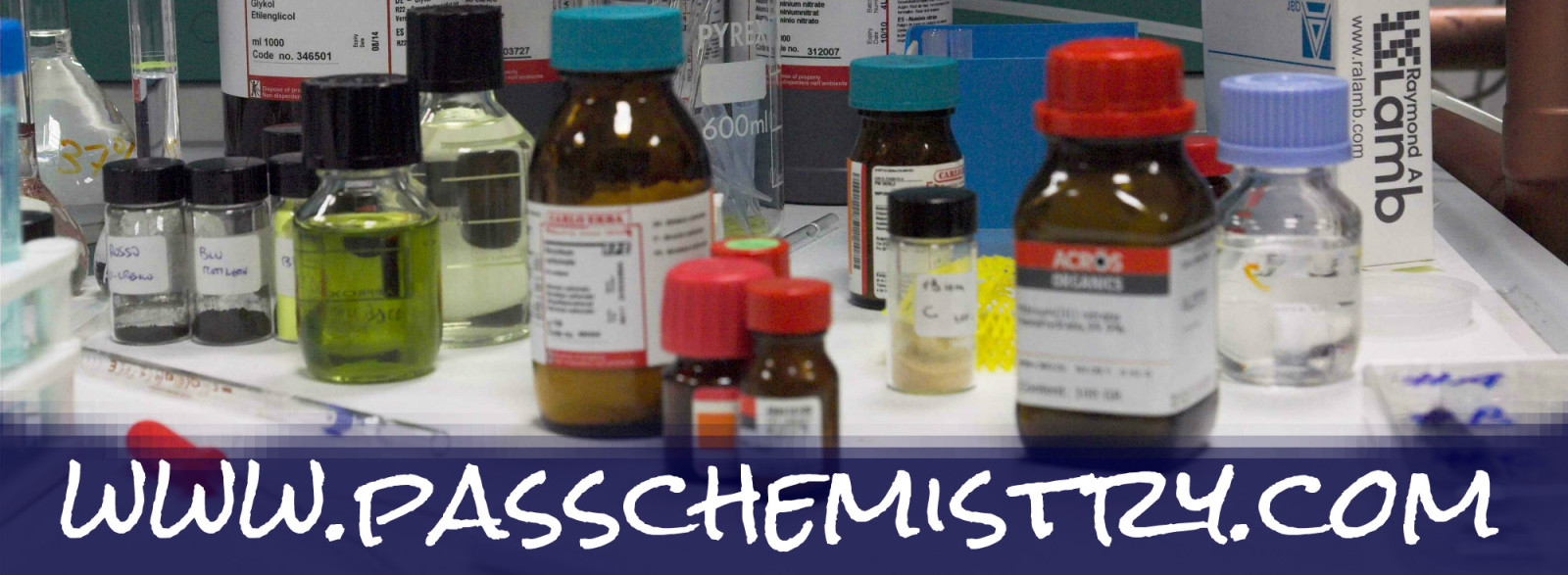The following two websites provide excellent notes, explanations, and problem solving videos to help you understand how to solve empirical and molecular formula problems:
Empirical and Molecular Formulas Notes and Videos
Additional Empirical and Molecular Notes
Once you have the hang of things, try these practice problems:
(Click here to print the practice problems as a worksheet)
1. Determine the empirical formula for each of the following molecular formulas:
a. C2H4
b. C6H4O3
c. C10H8
d. N2O3
2. A chemist determines that a sample contains 10.52 grams of nickel, 4.38 grams of carbon, and 5.10 grams of nitrogen. Determine the empirical formula.
3. MSG is a compound that is frequently added to Asian foods as a flavor enhancer. An analysis of this compound showed that MSG is 35.5% C, 4.77%H, 8.29% N, 13.6% Na, and 37.9% O. Find the empirical formula for MSG.
4. Karelianite is a rare mineral. It’s composition is 56.0 % vandadium and 44.0% oxygen. Determine the empirical formula for this mineral.
5. A compound contains 40.7% C, 54.2 % O, and 5.1 % H. Determine its empirical formula.
6. Teflon is used as a nonstick lining in pans. It is 24.0% C and 76.0% F and has a molar mass of 100.0 g/mol. Find the empirical and molecular formula for Teflon.
7. Styrene is a derivative of benzene and is produced as a precursor for other foam products. Analysis shows that the compound is 92.25% C and 7.75% H with a molar mass of 104 g/mol. Determine the empirical and molecular formula for styrene.
8. If you have a headache you have probably taken an ibuprofen tablet. Ibuprofen has a molar mass of 206 g/mol and a percent composition of 75.7% C, 8.80% H, and 15.5% O. Determine the empirical and molecular formula of this common headache remedy.
9. A scientist is studying toxic lead compounds which are dangerous to people’s health. One such compound contains lead and chlorine. He conducts an analysis and finds that the compound is 59.37% Pb and the rest chlorine. The molar mass of the compound is 349.0 g/mol. Find the empirical and molecular formulas for this compound.
10. Glycerol is a thick liquid that can be used in a variety of pharmaceutical and personal care products like cough syrups, toothpaste, hair care products, and soap. It is 39.12 % C, 8.75% H, and 52.12% O. The molar mass of the compound is 92.11 g/mol. Find the empirical and molecular formula for glycerol.
Check your answers to the problems above:
